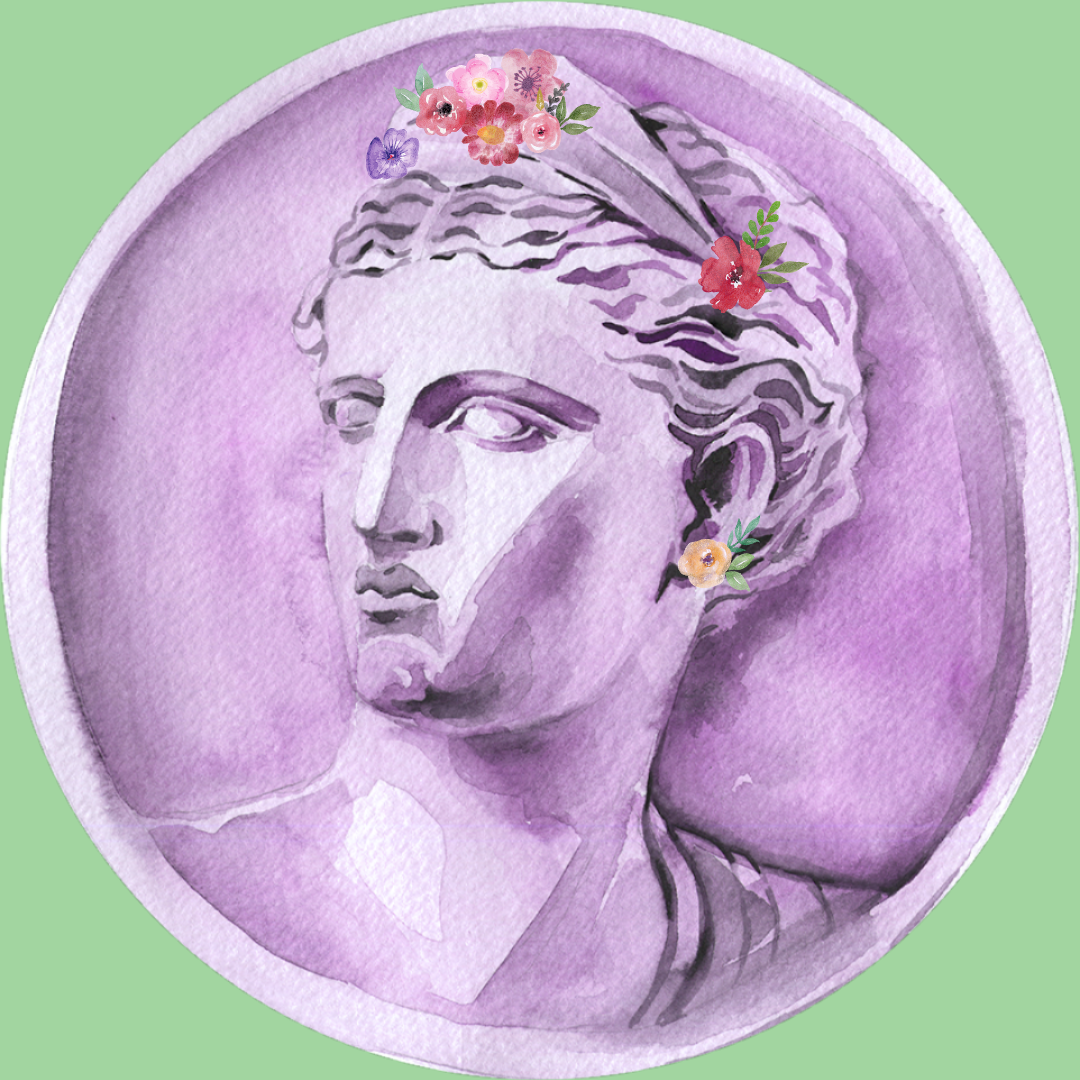
You may have noticed that many of our collections are named after the various myths and legends of the Mediterranean. You may subsequently wonder how Neptune, Helios, or Aphrodite have anything to do with the flowers that inspired each piece. The answer is more complex than you may suspect.
Myth and nature have long been inextricably interconnected. Many early cultures crafted myths to explain the workings of the world around them. Myths helped these cultures conceptualize everything from the predictable movements of the sun and the moon to the reasons why crops succeeded or failed. As these cultures advanced and grew more complex, so too did their myths expand and adapt.
Eventually, cultures like the Greeks and the Romans developed myths to explain virtually every natural phenomenon, which naturally included the origins of the plethora of unique and beautiful flowers decorating the Mediterranean countryside. Many flowers were considered to be gifts from the gods themselves. Greek myth explained that the aster flower was a gift from the goddess Astraea, while the Romans attributed the unique star-shaped flower to both Virgo and Venus.
In time, virtually every flower was given a mythic origin story that could give most superheroes a run for their money, from roses and orchids to glory-of-the-snow and morning glories. These myths persisted long after their people of the Mediterranean stopped worshipping their ancient pantheons, evolving as each new generation added their own layer of dramatic embellishment and poetic flair. The persistence of these floral myths is emblematic of the power that nature’s beauty still has over us.
There’s something magical about these flowers, some deeper meaning than meets the eye. The same beauty that inspired our distant ancestors continues to inspire us, and we hope it will continue to inspire you.


Comments (0)
Back to News